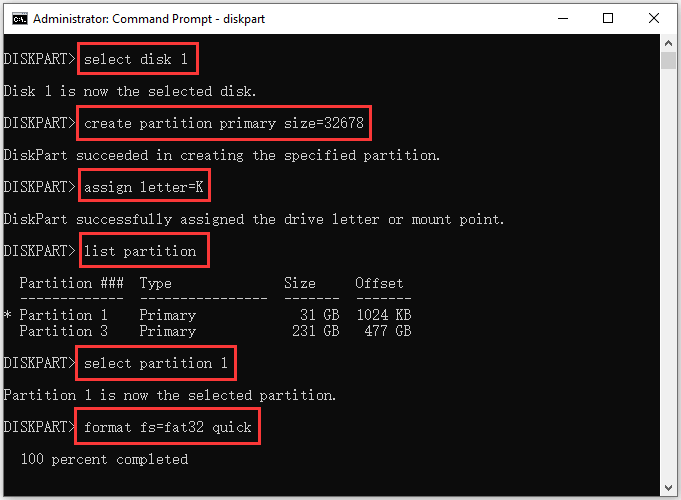

This is a step for advanced users only-if you’re worried, use Disk Utility instead.

Commands like diskutil will happily erase just about any drive you specify in the Terminal. Note: You should use extreme caution before you do this. If you prefer to do things the old-fashioned way, you can also format your SD card using the Terminal app.
#SD FORMATTER FAT32 HOW TO#
How to Format SD Cards on Mac Using the Terminal Alternatively, you can remove it from your Mac and use it on other devices that support your card’s new file system. If the card is formatted successfully, you can begin using it to store important files or photos.
#SD FORMATTER FAT32 SOFTWARE#
You don’t need any special software to format an SD card on your Mac, as you can use the built-in Disk Utility app instead.ĭisk Utility allows you to format SD cards on your Mac safely. How to Format an SD Card on Mac Using Disk Utility The best method is to use the Disk Utility app, but third-party alternatives like SD Card Formatter are available. Once you’ve determined the file system you’ll need, you can then begin to format your SD card. Any cards bigger than 32GB in size require the exFAT file system. For SD cards smaller than 32GB, use the FAT32 file system. Next, you need to know the right file system to use. If your Mac doesn’t have an integrated card reader, you’ll need to purchase one. Luckily, SD card readers aren’t expensive. Before You Format SD Cards on Macīefore you can format an SD card on macOS, you’ll need to make sure you have a card reader. If you’re unsure how to format an SD card on Mac and you want to do it safely, follow these steps. There are risks involved, however, and you could lose your data or corrupt your SD card without taking precautions.

It also allows you to change the file system on an SD card (new or old), allowing other devices the ability to read and write to them-including Macs. Formatting an SD card wipes the slate clean by removing any trace of older files.


 0 kommentar(er)
0 kommentar(er)
